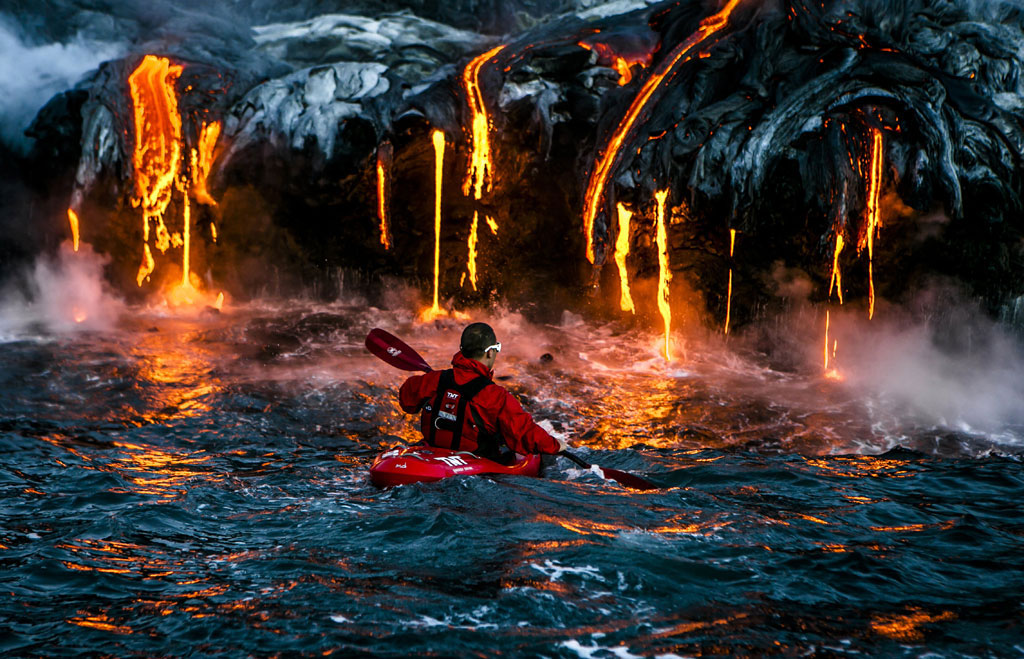Please wait ...

Abstract photography, sometimes called non-objective, experimental, conceptual or concrete photography, is a means of depicting a visual image that does not have an immediate association with the object world and that has been created through the use of photographic equipment, processes or materials. An abstract photograph may isolate a fragment of a natural scene in order to remove its inherent contextfrom the viewer, it may be purposely staged to create a seemingly unreal appearance from real objects, or it may involve the use of color, light, shadow, texture, shape and/or form to convey a feeling, sensation or impression. The image may be produced using traditional photographic equipment like a camera, darkroom or computer, or it may be created without using a camera by directly manipulating film, paper or other photographic media, including digital presentations.
There has been no commonly-used definition of the term "abstract photography". Books and articles on the subject include everything from a completely representational image of an abstract subject matter, such as Aaron Siskind's photographs of peeling paint, to entirely non-representational imagery created without a camera or film, such as Marco Breuer's fabricated prints and books. The term is both inclusive of a wide range of visual representations and explicit in its categorization of a type of photography that is visibly ambiguous by its very nature.
Many photographers, critics, art historians and others have written or spoken about abstract photography without attempting to formalize a specific meaning. Alvin Langdon Coburn in 1916 proposed that an exhibition be organized with the title "Abstract Photography", for which the entry form would clearly state that "no work will be admitted in which the interest of the subject matter is greater than the appreciation of the extraordinary." The proposed exhibition did not happen, yet Coburn later created some distinctly abstract photographs.
Photographer and Professor of Psychology John Suler, in his essay Photographic Psychology: Image and Psyche, said that "An abstract photograph draws away from that which is realistic or literal. It draws away from natural appearances and recognizable subjects in the actual world. Some people even say it departs from true meaning, existence, and reality itself. It stands apart from the concrete whole with its purpose instead depending on conceptual meaning and intrinsic form....Here’s the acid test: If you look at a photo and there’s a voice inside you that says 'What is it?'….Well, there you go. It’s an abstract photograph."
Barbara Kasten, also a photographer and professor, wrote that "Abstract photography challenges our popular view of photography as an objective image of reality by reasserting its constructed nature....Freed from its duty to represent, abstract photography continues to be a catchall genre for the blending of mediums and disciplines. It is an arena to test photography."
German photographer and photographic theorist Gottfried Jäger used the term "concrete photography", playing off the term "concrete art", to describe a particular kind of abstract photography. He said:
More recently conceptual artist Mel Bochner hand wrote a quote from the Encyclopædia Britannica that said "Photography cannot record abstract ideas." on a note card, then photographed it and printed it using six different photographic processes. He turned the words, the concept and the visualization of the concept into art itself, and in doing so created a work that presented yet another type of abstract photography, again without ever defining the term itself.
Reference Links: https://en.wikipedia.org/wiki/Abstract_photography